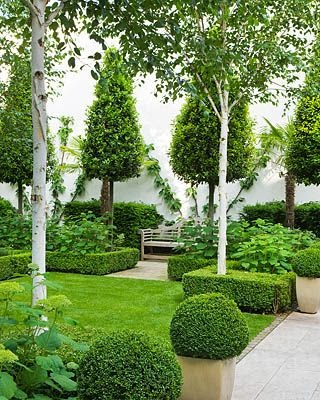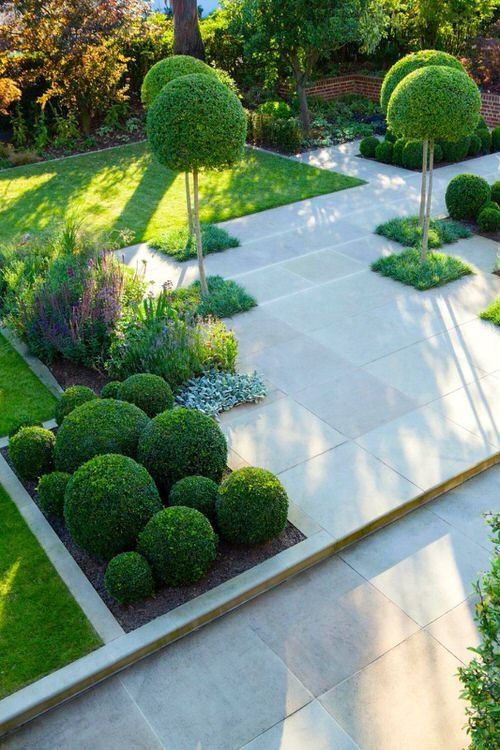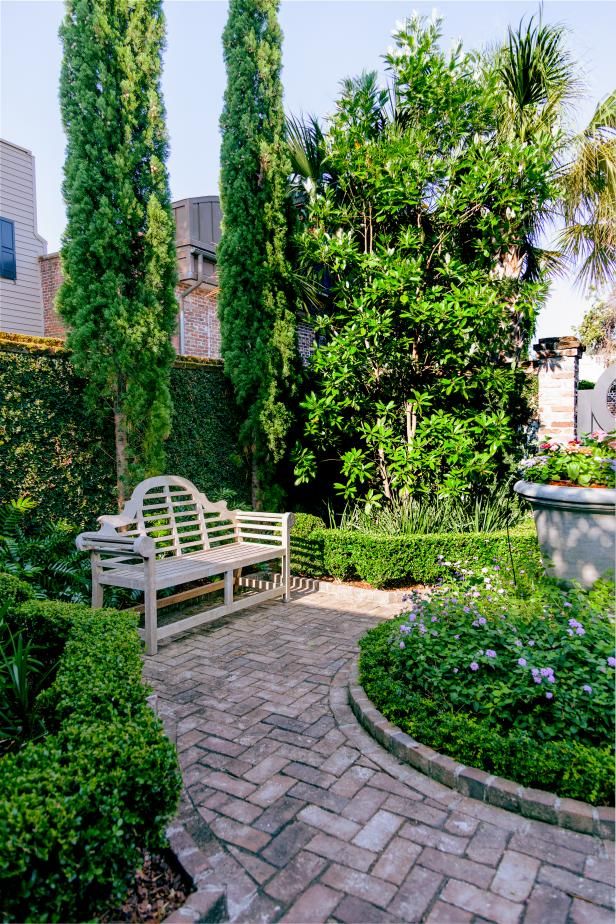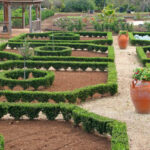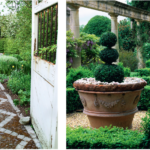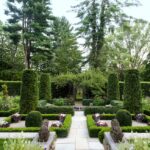Formal garden design is a popular landscaping style that has been favored for centuries for its timeless elegance and symmetry. This type of garden design is characterized by clean lines, geometric shapes, and carefully manicured plants. Formal gardens are often associated with classical European landscapes and are commonly found in stately homes, public parks, and botanical gardens.
One of the key principles of formal garden design is balance and symmetry. Paths, hedges, and flower beds are meticulously laid out in a symmetrical pattern to create an orderly and harmonious look. This sense of order and structure gives formal gardens a sense of grandeur and sophistication. The use of geometric shapes, such as squares, rectangles, circles, and triangles, is also a hallmark of formal garden design.
Another important feature of formal garden design is the use of focal points and boundaries. Fountains, statues, pergolas, and other architectural elements are strategically placed to draw the eye and create visual interest. These focal points often serve as the centerpiece of the garden, around which the rest of the design is centered. Boundaries, such as walls, hedges, or fences, help to define the space and create a sense of enclosure and privacy.
In formal garden design, plants are carefully chosen and pruned to maintain a neat and manicured appearance. Topiary, or the art of shaping plants into geometric forms, is a common technique used in formal gardens to create sculptural elements and add visual interest. Plants are often arranged in symmetrical patterns and geometric shapes to complement the overall design of the garden.
Formal gardens are typically designed to be viewed from a distance, with pathways and vistas carefully planned to create a sense of perspective and depth. The use of axial symmetry, where key elements are aligned along a central axis, helps to create a sense of order and balance within the garden. This design technique also helps to emphasize the focal points and create a sense of movement and flow within the space.
Overall, formal garden design is a classic and sophisticated landscaping style that can add a touch of elegance and grandeur to any outdoor space. With its emphasis on balance, symmetry, and geometric shapes, formal gardens offer a sense of order and structure that is both visually appealing and relaxing. Whether you’re creating a small courtyard garden or a sprawling estate landscape, formal garden design can help you achieve a timeless and elegant outdoor space.
 yishifashion Where Outdoor Dreams Become Reality
yishifashion Where Outdoor Dreams Become Reality
